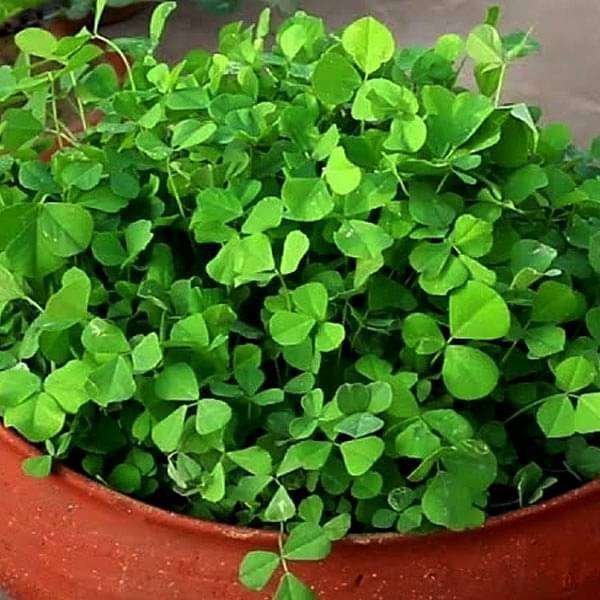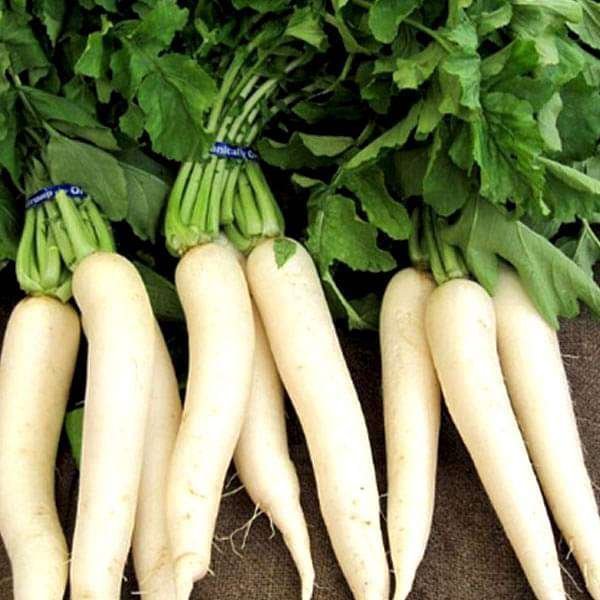Description
It is a famous flower vegetable and this packet contains approximately 35 seeds.
Cauliflower is one of the commonly used flower-vegetable. Lifecycle: annual, biennial.
Seeds Specifications
| Seeds per Packet | 35 |
| Common Name | Cauliflower snowball 16 |
| Height | Height: 1 to 2 feet Spread: 1.3 to 3 feet |
| Flower Colour | White |
| Bloom Time | Winter |
| Difficulty Level | Moderate to grow |
Planting And Care
- Make sure that the plants have uninterrupted growth to avoid the plants to develop the head prematurely or ruin the edible part completely
- Cauliflower requires consistent soil moisture with normal rainfall, this usually requires supplement watering
- For best growth, side-dress the plants with a nitrogen fertilizer
- When the white head is about 2 to 3 inches in diameter, tie the outer leaves together over the head with a rubber band, tape, or twine
- This is called blanching, and it protects the head from the sun and helps you get that pretty white color
- The plants are usually ready for harvest 7 to 12 days after blanching
Cauliflower Snowball 16 Care
- Most cauliflower varieties require about 2 months to mature, although some are a little quicker and others can take up to 3 months
- Since they will not form heads in warm weather and can only handle a light frost, be sure to choose a variety that will have enough time to mature in your climate
- That means a fast maturing variety if your spring or fall is short
- Longer maturing varieties are good choices for gardeners with mild or late winters
| Sunlight | Full sun, Can tolerate light shade but will slow maturity. Light shade can be beneficial in warm weather. |
| Watering | Cauliflower needs consistent moisture and plenty of water. |
| Soil | Prefers well-drained, fertile soil high in organic matter, pH 6.0 to 7.5. Can tolerate slightly alkaline soil. |
| Temperature | 18 to 30 degrees C |
| Fertilizer | Feed every 2 to 4 weeks with an organic fertilizer like kelp and fish emulsion. |
| Harvest Season |
|
Cauliflower Snowball 16 Special Feature
Cauliflower is a cool-season crop and a descendant of the common cabbage. It is more difficult to than its relatives because it does not tolerate the heat or cold as well.
Cauliflower Snowball 16 Uses
Medicinal Use:
- It contains good amounts of many vital B-complex groups of vitamins such as folates, pantothenic acid (vitamin B5), pyridoxine (vitamin B6) and thiamin (vitamin B1), niacin (B3) as well as vitamin K
Culinary Use:
- The leaves and stem of cauliflower are both edible
- It mostly used in salad and vegetarian diet






Reviews
There are no reviews yet.